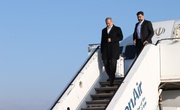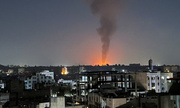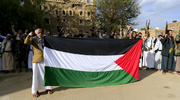The Zulfiqar 1403 drill aimed to boost operational preparedness, and the integration of advanced unmanned aerial systems demonstrates a significant evolution in Iran’s defense doctrine. These drones perform reconnaissance, and surveillance along the coastal strip and also engage in active combat roles, symbolizing a shift toward technology-driven warfare.
Brigadier General Ali Reza Sheikh explained that the Mohajer-6 and Kaman-12 drones carried out multiple missions—including coastal patrolling, target acquisition, and aerial photography—while also executing combat operations such as launching vertical bombs. He emphasized that these missions, from intelligence gathering to combined attacks on predetermined targets, highlight the high precision and operational flexibility of Iran’s drone fleet.
The drones conducted patrols, provided continuous coastal surveillance, and performed strategic reconnaissance to detect potential threats.
In addition to combat roles, Mohajer-6 actively captured high-resolution aerial imagery and video footage to aid tactical decision-making.
The Mohajer-6 also participated in a coordinated, combined attack against a pre-designated target, demonstrating its ability to work seamlessly with other military assets.
The exercise is a clear indicator of how unmanned systems are transforming modern military operations. The integration of advanced drones in the Joint Zulfiqar 1403 drill not only boosts Iran’s defense capabilities but also sends a strong message of technological prowess to potential adversaries.
MNA/Iran Press

























Your Comment